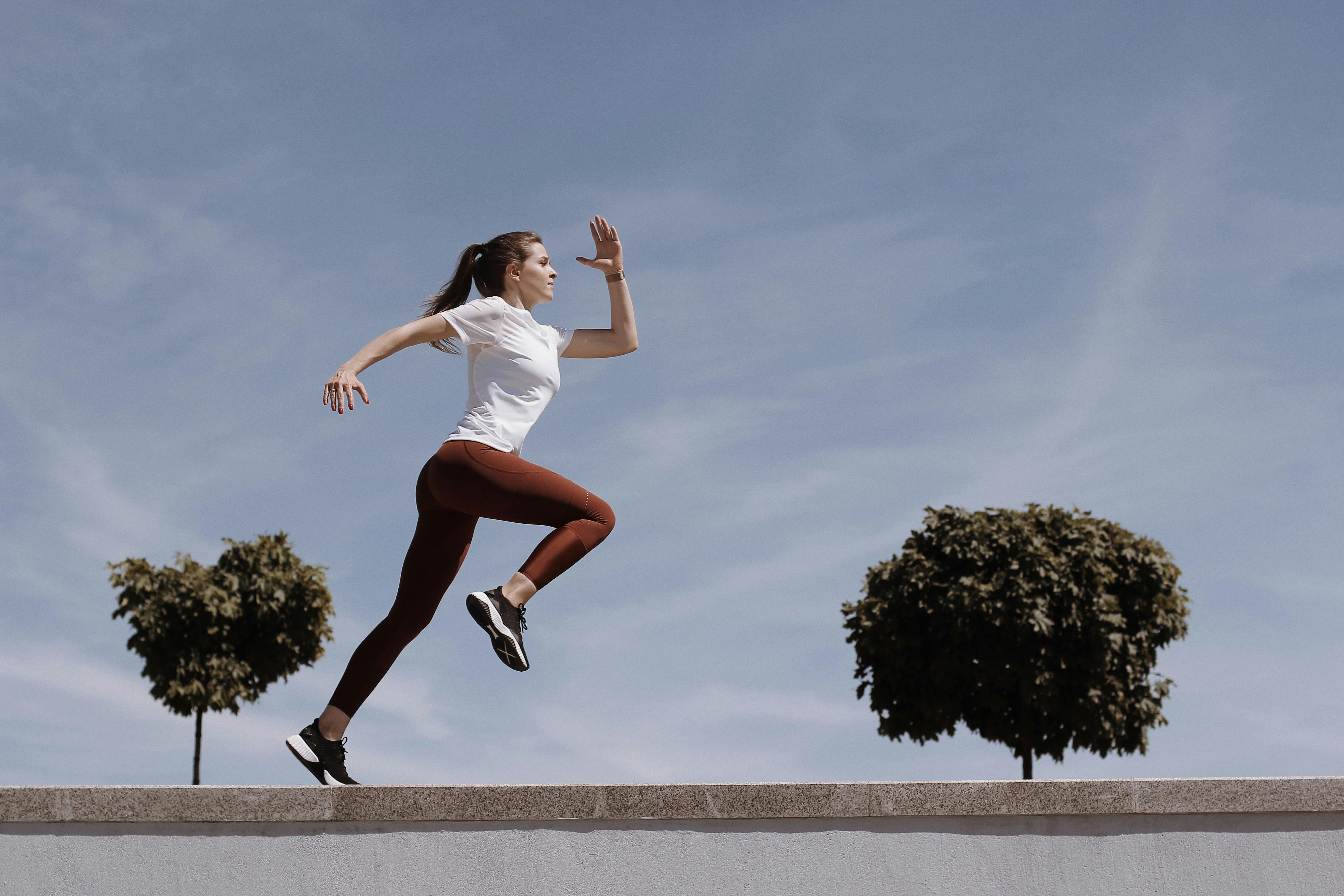How weightlifting belts work and which weightlifting belt to choose
A weightlifting belt primarily supports your abs, not (directly) your back. It sounds backwards, but here’s why: The belt acts as a second set of abs to prepare your entire body for lifting heavy loads.
To prepare for those super heavy lifts, you need to take a deep breath and hold it, a “breathing” method called the Valsalva maneuver. The Valsalva maneuver helps create intra-abdominal pressure that cushions and supports the spine. And that’s where a weightlifting belt bestows its powers. With a lifting belt, he takes a deep breath into the belt, which he pushes against his abs. This amplifies the effects of that intra-abdominal pressure, and in turn helps protect your back and allows you to handle the stress of heavy loads even better. Weightlifting straps are a secure way to lock the bar in place and prevent it from slipping.
Using a belt alone will not automatically increase your strength and lifting capacity. There is a learning curve to using it and lifting in it (just like there is a learning curve to being able to apply intra-abdominal pressure and lift correctly). Sure, some may get the benefits right away, but most will take a while before things work out.
When you put on a belt and use it correctly, the skies open up, the birds sing, and your deadlifts or squats (or both) get a noticeable boost. Greg Nuckols of Strengththeory.com found that well-trained belt wearers can typically move 5-15% more weight for the same sets and reps, can do a couple extra reps with the same weight, or lift the same weight for the same weight. same number of repetitions with less effort. That is quite significant!
We can take this as a suggestion that, over time, training with a belt will probably make you stronger than training without a belt. This makes sense in the context of being able to do more overall “work” (ie, lift heavier and do more reps) and continually push your body to improve, a process called progressive overload. In the long run, you can gain more muscle size and strength.
A weightlifting belt can be used for squats, jerks, and deadlifts. Experienced lifters strap on for near-maximal efforts and remove for regular training and warm-ups. Generally, “near max” is a weight that is 80% or more of your maximum lift. The exact percentage is often arbitrary, so use it when you think you really need extra support on big lifts.
How to wear a weightlifting belt?
1) Take a breath (hold on)
2) Put the belt in position and support the abdominal wall
3) Tighten the belt enough to slightly restrict your reinforced abdominal position for maximum benefit
Weightlifting belts will be uncomfortable for a while, especially as you learn to get used to one. However, once he is comfortable with his belt, he can begin to experiment with changing the position of the belt on his torso. For example, Omar Isuf, a strength and performance coach, says that experienced belt users tend to wear their belts higher on their torso during a deadlift than during a squat. More specifically, in a deadlift you may find using it around the middle of your stomach more comfortable. During a squat, you might like it above the iliac crest.
You also want your belt to be snug enough to stay in the same place while you lift, but not so tight that it cuts off full, deep breaths or circulation. The clothes you wear and even the amount of water you’re retaining could influence how hard you have to pull on the belt. If you’re just learning, it’s okay to wear it a little looser until you learn to love your not-so-cuddly hug. Finally, keep in mind that your new belt should break in the same way as a shoe.
Happy lifting!
